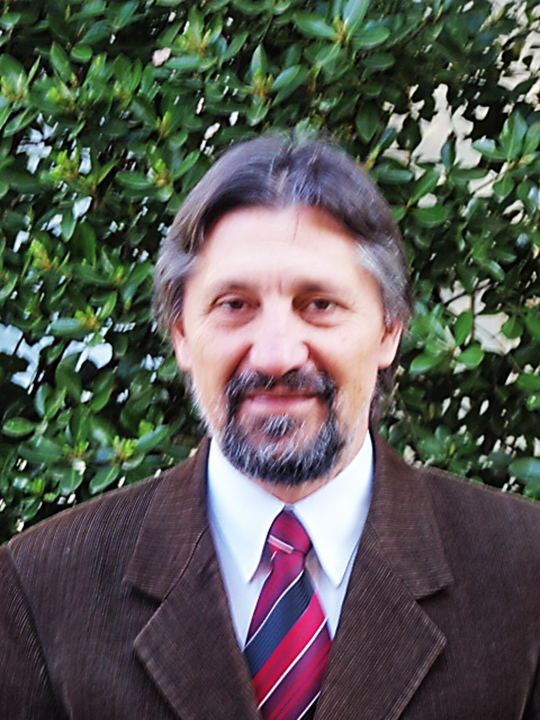
Prof. Matthias Sipiczki
Department of Genetics and Applied Microbiology, University of Debrecen, Egyetem-ter 1, H-4032 Debrecen, HungarySpeech Title: Combining genes from different yeast species in a non-GMO way through interspecific hybridisation
Abstract: Sterility barriers biologically isolate yeast species. In the genus Saccharomyces, the biological isolation is maintained by a double barrier. Their hybrids are viable but sterile. The hybrid cells (1) cannot conjugate because the MATa/MATalpha heterozygosity suppresses the activity of the mating-specific genes and (2) cannot produce viable gametes (ascospores) because the chromosomes of the (sub)genomes cannot pair correctly in meiosis-I. However, the hybrid genomes are not stable. During the vegetative propagation of their cells or in meiosis upon spontaneous genome duplication, Chromosome III can be lost in one or the other subgenome. The loss of this chromosome destabilises the hybrid genome and additional chromosomes can subsequently be lost. Since loss of chromosomes can occur in both subgenomes, the size of the genome is gradually reduced and the outcome of the process is a chimeric genome composed of various combinations of retained fractions of the parental genomes. Since the loss of chromosomes is not coordinated, several different (chimeric) combinations of the parental gene pools can evolve from a hybrid. Different chimeric genomes determine different combinations of parental phenotypic traits. They can even outperform the parents in certain properties. Literature: Sipiczki, M.: Interspecies hybridisation and genome chimerisation in Saccharomyces: Combining of gene pools of species and its biotechnological perspectives.
Front. Microbiol. 9:3071, 2018 Sipiczki, M.: Yeast two- and three-species hybrids and high-sugar fermentation. Microbial Biotechnol 12:1101-1108. 2019
